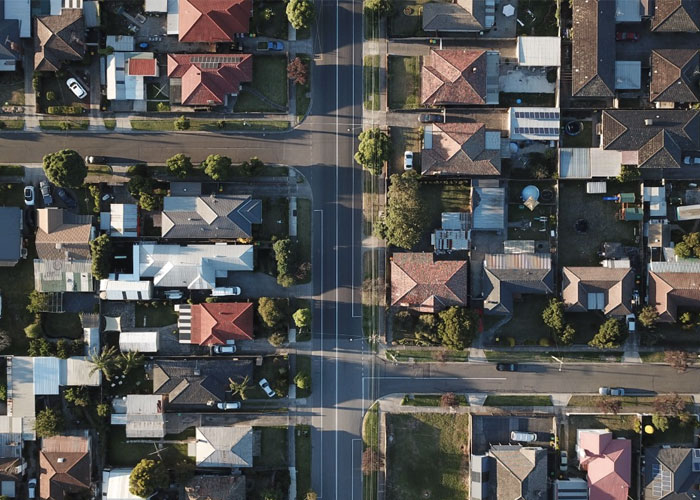One of the most remarkable developments to come from the coronavirus pandemic has been the soaring suburban real estate market in regions across the United States.
Perhaps nowhere has this trend been more evident than in the Philadelphia area and large parts of New Jersey, where median home prices have soared in 2020.
In February, even before the pandemic hit, Realtor.com pegged Greater Philadelphia with the highest increase in median price of any metropolitan area in the United States, a 17.3% gain year-over-year.
There a number of factors that have driven this pattern and had been apparent long before the pandemic. Housing inventory has fallen precipitously, leading to high competition and bidding wars that have revived home prices in the region.
From Feb. 2019 to Feb. 2020, the Philadelphia-Camden-Wilmington metro area saw a 29.4% decrease in active listings. Among the 50 largest cities in the country, about half saw the number of homes for sale decline by more than 20% during the same period.
With interest rates historically low and Millennials looking to establish families, the suburban market has grown increasingly attractive during the pandemic. It’s fueled by the closure of urban amenities and the rise of work-from-home policies that eliminate some of the convenience of city life.
In New Jersey, statistics from CoreLogic’s Case-Shiller Index show that home values have similarly risen in suburban metro areas over the past year. The index tracks the percent change in home values since January 2000, with annual updates showing growth in and around Ocean City, Atlantic City, Hammonton, Trenton, Vineland and Bridgeton.
The housing market in its current state is favorable, in different ways, to both buyers and sellers. Buyers are incentivized by low interest rates, while sellers are benefiting from a surge in demand and low inventory.
For developers considering projects in the years to come, suburban markets in the region should be a prime target for new construction and growth.
As a result of the pandemic, many listings in the area were delayed in the spring. When they resurfaced in the summer, the Philadelphia region saw a 10-year high in listings for August, even as the housing inventory bottomed near a historic low.
The upshot of the sudden influx of listings was that homes were snapped up in short order, often at prices above their listing.
In August, for example, homes in the Philadelphia region lasted a record-low median of 11 days on the market, according to Bright MLS. That was two weeks fewer than in August 2019, and significantly below the 43 day median in 2015.
What all of this suggests is that demand for suburban real estate in the region is bursting at the seams. Even modest increases in affordable inventory could lead to strong activity over the next five years, meaning that a strategic approach to new construction will be a boon to the market.
The COVID-19 crisis has come with many lessons in residential real estate, with many more to come. What it tells us now is that this is a region with a particularly strong need for suburban inventory, and a population that’s more than ready to pay for it. Especially if it has a home office.
Photo Credit: Tom Rumble/Unsplash.com



1,017 Comment
Comments are closed.